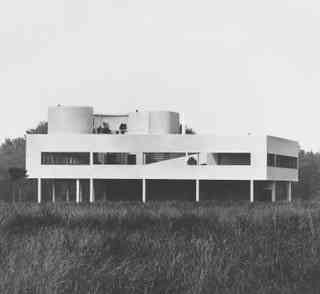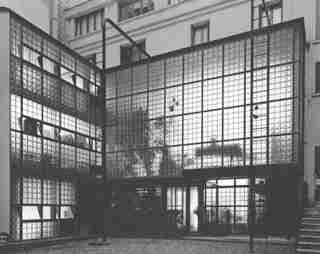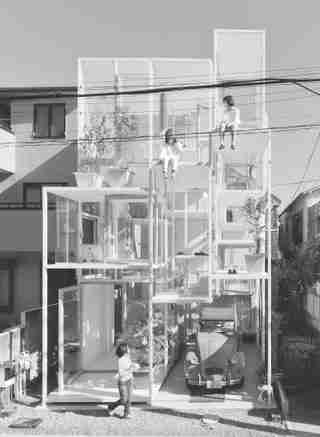This Collection Celebrates the Very Best of Modern Architecture
In 1910, architect Adolf Loos gave a lecture criticizing the overly decorative styles of the day—particularly Art Nouveau —and calling for a return to purity of form. (“Ornament does not heighten my joy in life or the joy in life of any cultivated person,” Loos said.) Loos’s strongly titled “Ornament and Crime” lecture and essay identified a shift in attitude that would come to define architecture in the 20th and 21st centuries. Design writers Matt Gibberd and Albert Hill nod to Loos with the title of their new release Ornament is Crime (Phaidon, $50.) The book traces the Modernism family tree from Walter Gropius, Arne Jacobsen and Le Corbusier to the talents of today, including John Pawson, Tadao Ando and Shigeru Ban, and identifies the elements that make each of their buildings part of the Modernist tradition. The survey focuses on residential architecture, demonstrating the impact the movement has had—and continues to have—on the way we live.

The Villa Savoye in Poissy, France, was completed in 1929 by Le Corbusier and demonstrates the architects “Five Points of Architecture.”

Pierre Chareau and Bernard Bijvoet’s 1932 Maison de Verre in Paris emphasized industrial materials such as steel and glass blocks.

Sou Fujimoto Architects’ 2010 House NA in Tokyo was inspired by the idea of living in a tree and features 21 floor plates at different heights.
Danish architect Arne Jacobsen completed the Rothenborg House in Klampenborg, Denmark, in 1931, designing everything from the building to the furnishings within.
Mexican painter and architect Juan O’Gorman devised a house and studio for fellow artists Frida Kahlo and Diego Rivera in Mexico City. Completed in 1932, the buildings combine principles of Modernism with traditional Mexican design elements.
Adolf Loos demonstrated the principles laid out in “Ornament and Crime” in his design for Villa Müller in Prague, which was completed in 1930.
Tadao Ando’s 2011 House in Monterrey is nestled into the a Mexican hillside and features a cantilevered pool.
Shigeru Ban reinterpreted the modern architectural element of the curtain wall by using actual fabric curtains for his 1995 Curtain Wall House in Tokyo.
Gropius House in Lincoln, Massachusetts was designed by architect and Bauhaus founder Walter Gropius as his family residence when he accepted a teaching position at the Harvard Graduate School of Design.
The Bass Residence, designed by Paul Rudolph, was built in Fort Worth, Texas in 1976 and features dramatic cantilevered elements.
Ornament is Crime by Matt Gibberd and Albert Hill looks at some of history’s beloved Modernist buildings.